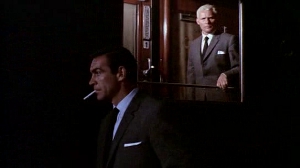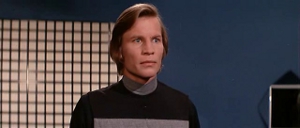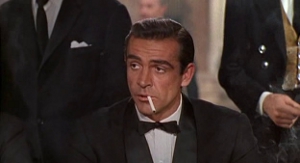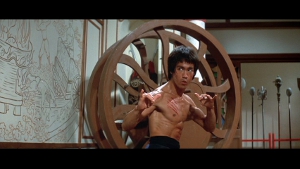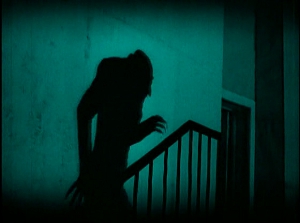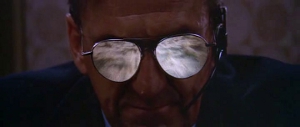“Sir, I’m aware of my shortcomings. But I’m prepared to continue this assignment in the manner you suggest…if I knew what it was about. Sir.“
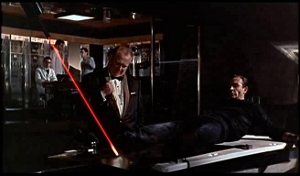
And so we come to the production model: James Bond v. 3.0 Alpha. Current series producer Michael G. Wilson has said they start off every film trying to make the next From Russia with Love (only to end up, more often than not, with “the next Thunderball“), and while there’s truth to this, Bond’s second outing isn’t nearly as influential as his third. A more accurate assessment might read, “They start out each film trying to make the next Goldfinger” because Goldfinger carved the Bond Template in stone, no matter the producer’s frequent assurances that they’ve “updated” the character for each generation.
This is the first film that starts off with a “true” pre-credit sequence: Bond in Mexico, taking care of some heroin smugglers by bombing their supply of Nitro. (Every good drug kingpin knows its best to keep the nitro within easy walking distance of the production facilities.) Back at the hotel, Bond’s girl of the night asks why he always carries a gun. Bond straight-up admits “I have a slight inferiority complex.” Only slight, James? You’re British and it’s the 60s – your country’s still recovering from WWII. Military bases the world over are either closing down or being taken over by those Ugly Americas with their machine guns. The sun’s setting on the British Empire for the first time in four hundred years, and you, Mr. Bond – a walking example of Hefnerian overcompensation – you’re talking about “slight” inferiority complexes? Continue reading Goldfinger (1964)

